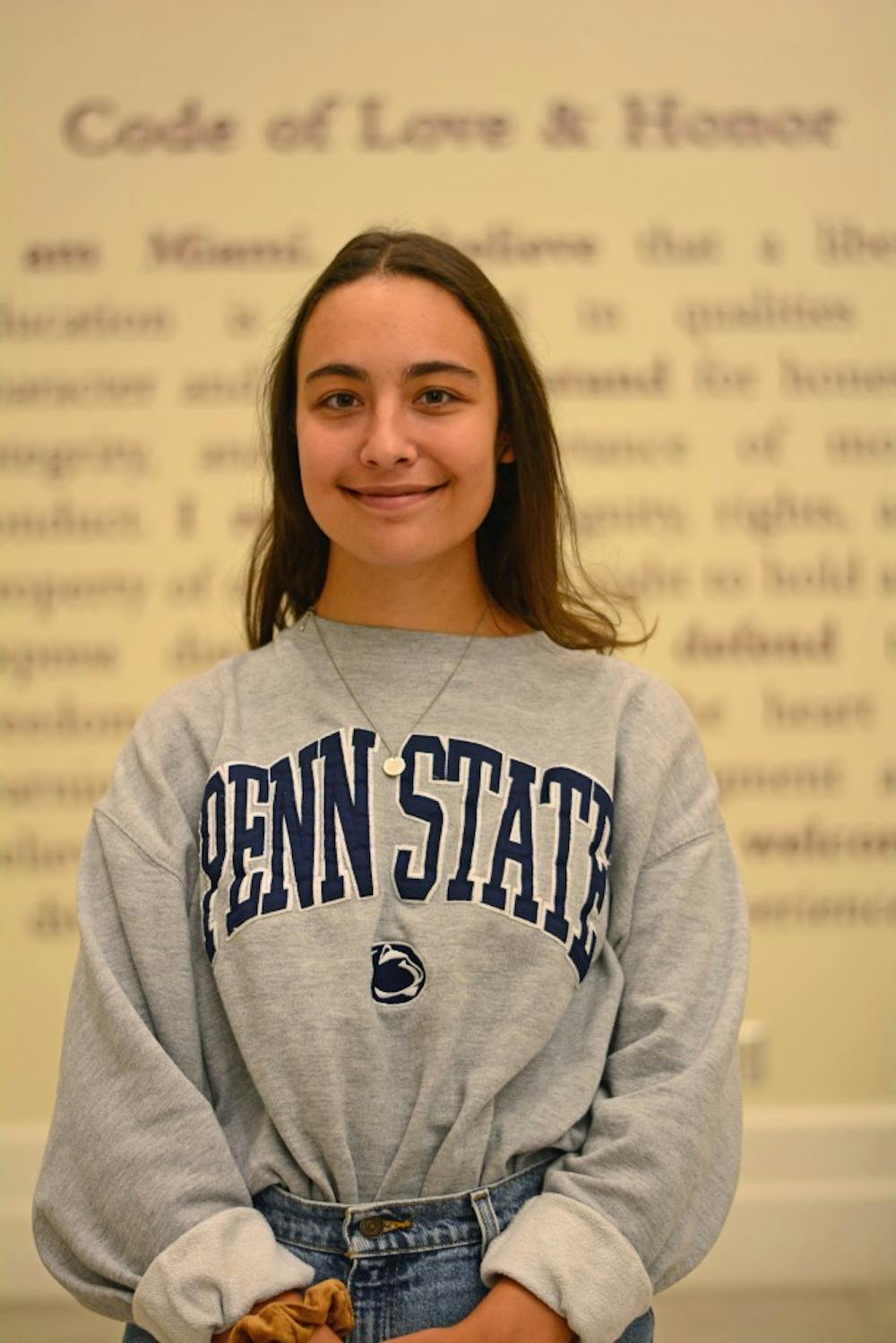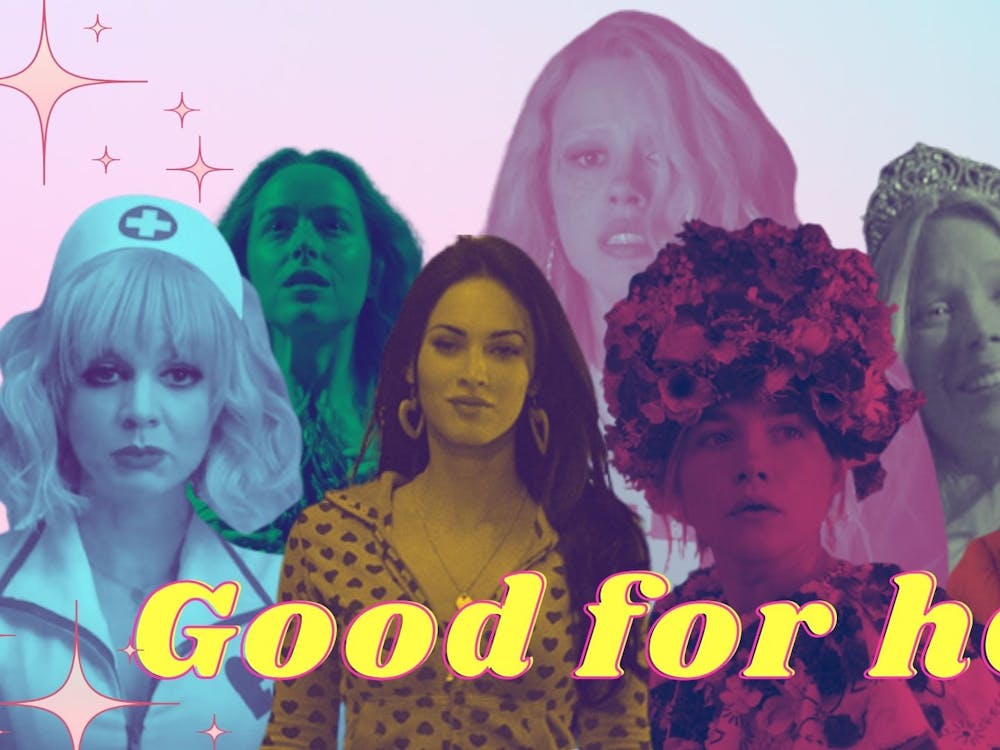Last fall, when Netflix released “Chilling Adventures of Sabrina,” a soon-to-be-three-season spectacle of Satanic special effects and a love triangle on the side, the original “Sabrina, The Teenage Witch” started streaming on Amazon Prime.
The latter, which ran from 1996 to 2003, has a very different tone than “Chilling Adventures.” It’s a sitcom, not an hour-long drama, and full of delicious 1990s camp and velvet outfits. I watched all of it last fall.
I can’t speak for “Chilling Adventures,” because I didn’t get through the first season, but “Sabrina, the Teenage Witch” may be the most feminist TV show out there besides Freeform’s “The Bold Type.” There’s nothing more empowering than a funny, intelligent female witch being raised by two other funny, intelligent female witches, with no human male influence necessary (besides their cat, Salem, who’s very vocal).
In the sitcom, teenager Sabrina Spellman (Melissa Joan Hart) lives with her aunts Hilda and Zelda (Caroline Rhea and Beth Broderick). On her 16th birthday, they tell her — surprise — she’s a witch.
With the guidance of her husband-less aunts, Sabrina navigates high school, college and a magazine internship as well as her witchcraft-related responsibilities. The show is silly, but refreshingly feminist. Sabrina has a boyfriend throughout most of the show, but she never lets the relationship dictate her life’s decisions. Her father is mentioned, but he only appears in two out of 163 episodes.
As “Sabrina, The Teenage Witch” touches on in season one, episode 12, “Trial by Fury,” witches in America have a pretty dark history. In 1692 and the following year, 20 out of 200 women accused of witchcraft in Salem, Massachusetts, were killed. Colony officials later apologized for the error in judgment, admitting they did not, actually, believe in witches. Whoops!
In 1957, the General Court of Massachusetts issued a resolve stating the trials “were and are shocking, and the result of a wave of popular hysterical fear of the Devil in the community,” essentially apologizing to descendants of those affected.
On Halloween in 2001, five women — Bridget Bishop, Susannah Martin, Alice Parker, Wilmot Redd and Margaret Scott — were exonerated for alleged witchcraft, for which they were hanged 300 years prior.
At various times during the last three centuries, others of the 20 women have also been retroactively found not guilty of witchcraft.
There are a lot of things Americans do to remind women that they hate us today, but the Salem Witch Trials remain the most blatant “fuck you” to females our country has ever dealt. Yet, women have still managed to co-opt the image of the witch as a feminist icon.
At the height of the #MeToo movement, a popular quote from author Tish Thawer began circulating on tote bags, laptop stickers and t-shirts: “We are the granddaughters of the witches you weren’t able to burn.” The quote is from Thawer’s book, “The Witches of BlackBrook,” a time-traveling tale involving the Salem Witch Trials.
Witches are powerful. No, they’re not real, but what they represent — women with power that men can’t take away from them — is very real. I’ve found comfort over the last year in that, and I’m sure other women have, too.
Enjoy what you're reading?
Signup for our newsletter
Maybe I just love “Sabrina” because I grew up watching it after school. But I really think that, once you get past the 1990s and early-2000s campiness, the show is fun and sometimes inspiring. There’s nothing more feminist than a witch, and there’s no more feminist witch than Sabrina Spellman.




